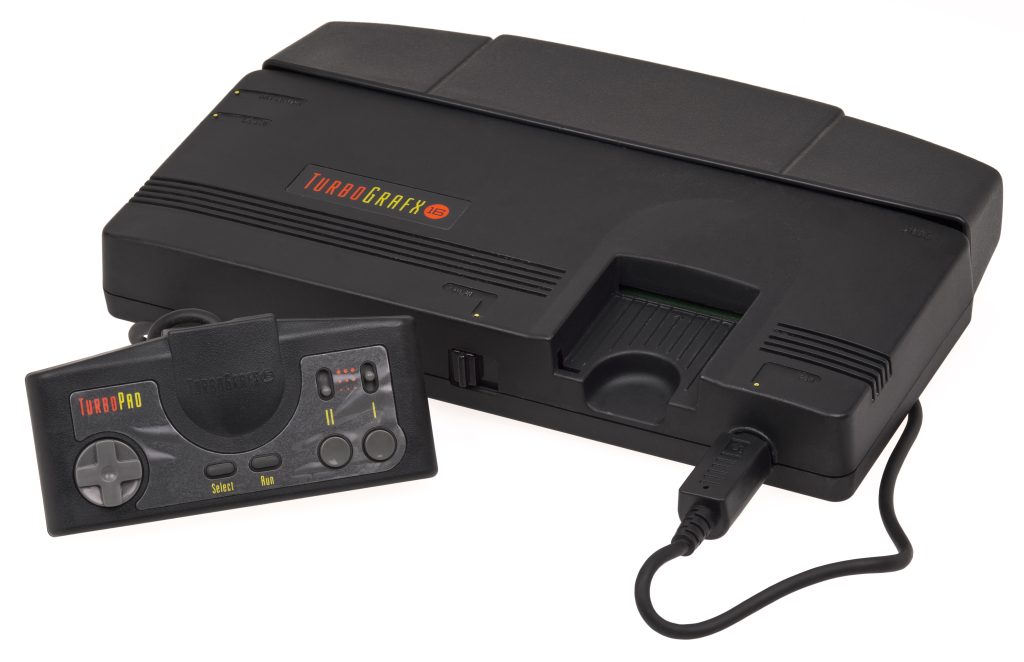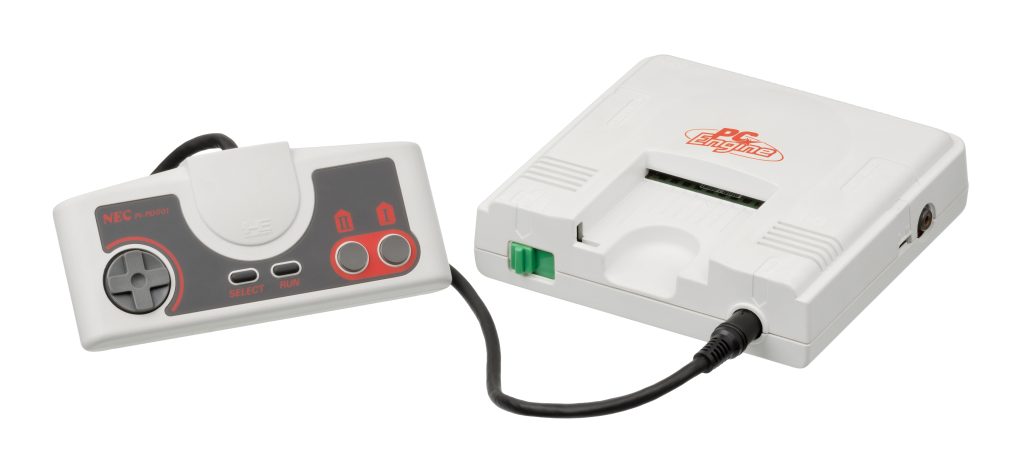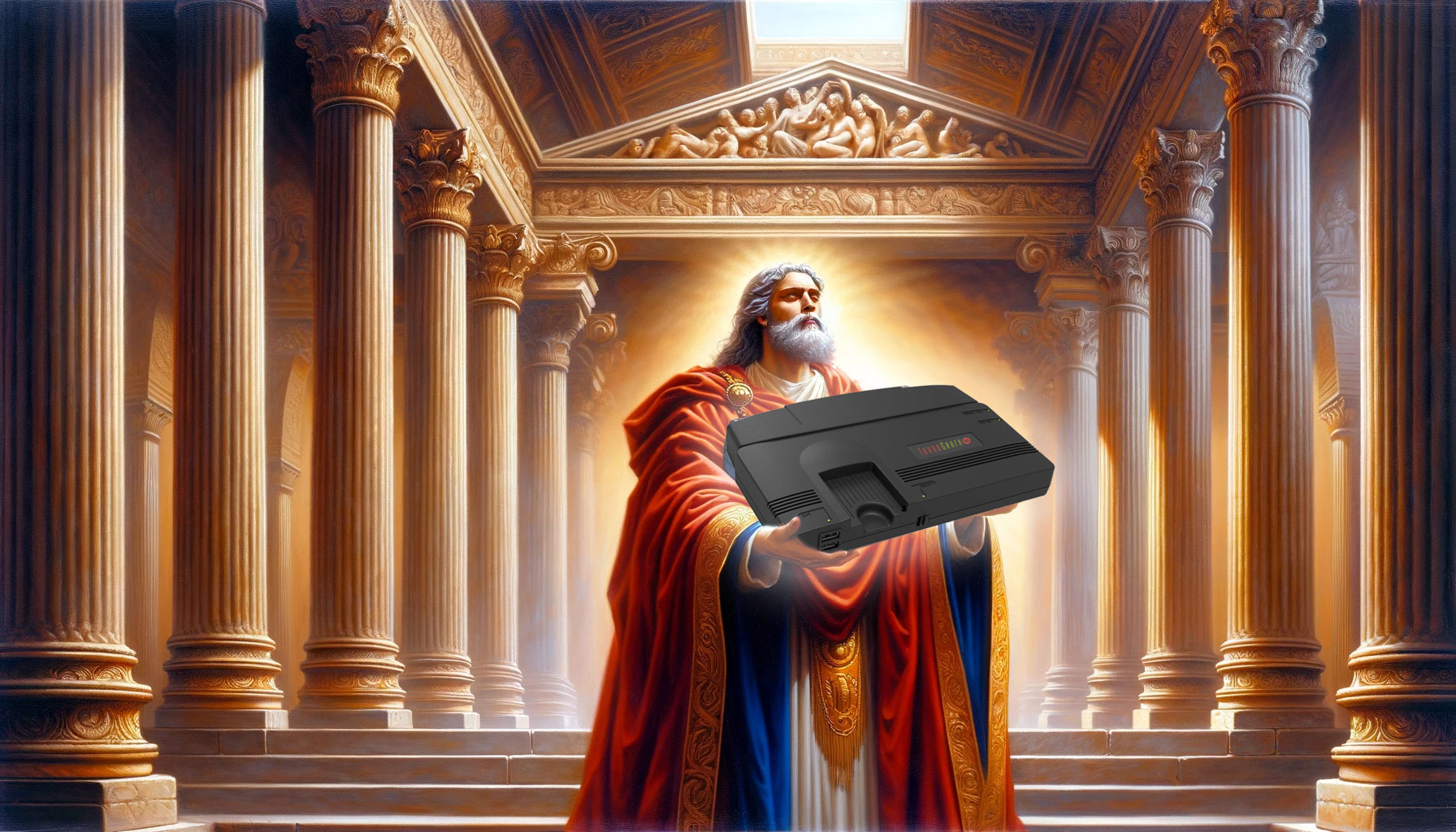In the late 1980s, the gaming industry witnessed a revolutionary change with the introduction of the TurboGrafx-16. Known as the PC Engine outside North America, this home video game console was a collaborative design by Hudson Soft and NEC Home Electronics. It marked the beginning of the fourth generation of video game consoles, commonly known as the 16-bit era. However, the TurboGrafx-16 was unique for its 8-bit CPU coupled with a 16-bit graphics processor, a blend that set it apart from its contemporaries. Launched in Japan in 1987 and North America in 1989, it was positioned as a competitor to the Famicom in Japan and later to the Sega Genesis and Super NES in the United States.
| Key Takeaways |
|---|
| 1. TurboGrafx-16, known as PC Engine in Japan, was a pioneering force in the 16-bit gaming era. |
| 2. It introduced the CD-ROM², making it the first console to utilize CD-ROM technology for gaming. |
| 3. Despite challenges in the American market, its CD-ROM expansion was a major success in Japan. |
| 4. The system’s innovative approach set the stage for future gaming advancements. |
Breaking Ground with CD-ROM Technology
The real game-changer for the TurboGrafx-16 was its CD-ROM expansion. Launched in Japan in 1988, the CD-ROM² add-on was a groundbreaking move, making the PC Engine the first-ever video game console to use CD-ROM as a storage medium. This innovation was not just a technological leap but also a commercial success, with over 60,000 units sold within the first five months of its release in Japan. By 1989, NEC had sold more than 1.2 million consoles and over 80,000 CD-ROM units, solidifying the TurboGrafx-16’s place in gaming history.
The American Challenge and Innovation
The journey of TurboGrafx-16 in the American market was fraught with challenges. NEC Technologies, under Keith Schaefer, faced a lack of enthusiasm for the original name “PC Engine” and concerns about its small size, which was thought to be unsuitable for American consumers. This led to a significant rebranding and redesign effort, resulting in the name “TurboGrafx-16” and a larger, more futuristic black casing. These changes, however, delayed its American debut, which eventually took place in late August 1989 in New York City and Los Angeles. This delay meant that the TurboGrafx-16 entered the market just weeks after Sega’s release of the Genesis, leading to intense competition.

Consequences of Strategic Decisions
The TurboGrafx-16’s American launch was further hampered by NEC’s decision to pack-in “Keith Courage in Alpha Zones”, a game unfamiliar to Western gamers, as opposed to Sega’s strategy of including the popular arcade title “Altered Beast” with the Genesis. Additionally, NEC’s overproduction based on overly optimistic projections led to a surplus of units, a scenario that proved lucrative for Hudson Soft due to royalty arrangements but detrimental to NEC’s market performance. By 1990, it was evident that the TurboGrafx-16 was struggling to compete with the marketing prowess of Nintendo and Sega.
Pioneering the CD-ROM Era in Gaming
The introduction of the CD-ROM² add-on for the TurboGrafx-16 in 1988 was a landmark event in gaming history. This add-on enabled the console to play games in CD-ROM format, in addition to the standard HuCards. The CD-ROM² was not just a peripheral; it represented a significant leap forward in gaming technology. This innovation allowed for larger game sizes, improved sound quality, and more complex graphics than what cartridges could offer. The CD-ROM² system, later released in the United States as the TurboGrafx-CD, came with a remodeled interface unit to fit the TurboGrafx-16’s design. Although it had a steep launch price of $399.99 and did not include any bundled games, it marked the beginning of CD-ROM gaming, a trend that would become standard in later console generations.
Evolving with the Super CD-ROM²
In 1991, NEC introduced the Super CD-ROM², an upgraded version of the original CD-ROM² System. This upgrade significantly enhanced the system’s capabilities, increasing the buffer RAM from 64 KB to 256 KB and updating the BIOS to Version 3.0. This upgrade came in various forms, including the PC Engine Duo, which integrated the CD-ROM drive and upgraded BIOS/RAM directly into the console. For those who already owned the CD-ROM² add-on, the Super System Card was released, serving as a replacement for the original System Card. These enhancements paved the way for more complex and engaging games, showcasing NEC’s commitment to pushing the boundaries of gaming technology.
The TurboGrafx-16’s Legacy
Despite facing stiff competition and strategic missteps in the American market, the TurboGrafx-16’s pioneering role in CD-ROM gaming cannot be overstated. It set the stage for future consoles to adopt CD-ROM technology, which eventually became the industry standard. The console’s innovative approach to game storage and the ability to offer a more immersive gaming experience significantly influenced the direction of the gaming industry. While the TurboGrafx-16 might not have achieved the commercial success of its rivals, its legacy lies in its contribution to the evolution of gaming technology and its role as a trailblazer in the use of CD-ROMs in gaming.
TurboGrafx-16’s Impact on Subsequent Gaming Consoles
The TurboGrafx-16, despite its struggles in the American market, laid the groundwork for the widespread adoption of CD-ROM technology in gaming consoles. This shift influenced major players in the gaming industry, such as Sony and Sega, to explore and eventually embrace CD-ROMs for their future consoles. The enhanced storage capacity and capabilities of CD-ROMs enabled developers to create more intricate and visually stunning games. This evolution played a crucial role in shaping the gaming landscape of the 1990s and beyond, with CD-ROM technology becoming a standard feature in later gaming consoles.
Enduring Influence in the Gaming World
The legacy of the TurboGrafx-16 extends beyond its technological innovations. It serves as a case study in the gaming industry, highlighting the importance of market strategies, consumer preferences, and timing in the success of gaming consoles. The TurboGrafx-16’s story is a testament to the rapid evolution of technology and consumer tastes in the gaming sector. Its pioneering use of CD-ROM technology remains a significant milestone in gaming history, inspiring future generations of consoles and game developers.

Reflecting on the TurboGrafx-16’s Place in Gaming History
In conclusion, the TurboGrafx-16, known as the PC Engine in Japan, stands as a pivotal figure in the history of video gaming. Its introduction of the CD-ROM² add-on marked the first time a video game console utilized CD-ROM technology, setting a precedent for future consoles. This bold move opened new possibilities for game development, influencing the trajectory of the gaming industry. While the TurboGrafx-16 faced challenges and ultimately couldn’t outpace its rivals, its legacy in pioneering CD-ROM gaming is undeniable. It serves as a reminder of how innovation, even when not entirely successful, can have a lasting impact on an industry.
This completes the article on “How TurboGrafx-16 Pioneered CD-ROM Gaming” for digitalradical.com. Do you want me to visualize data from this article?
